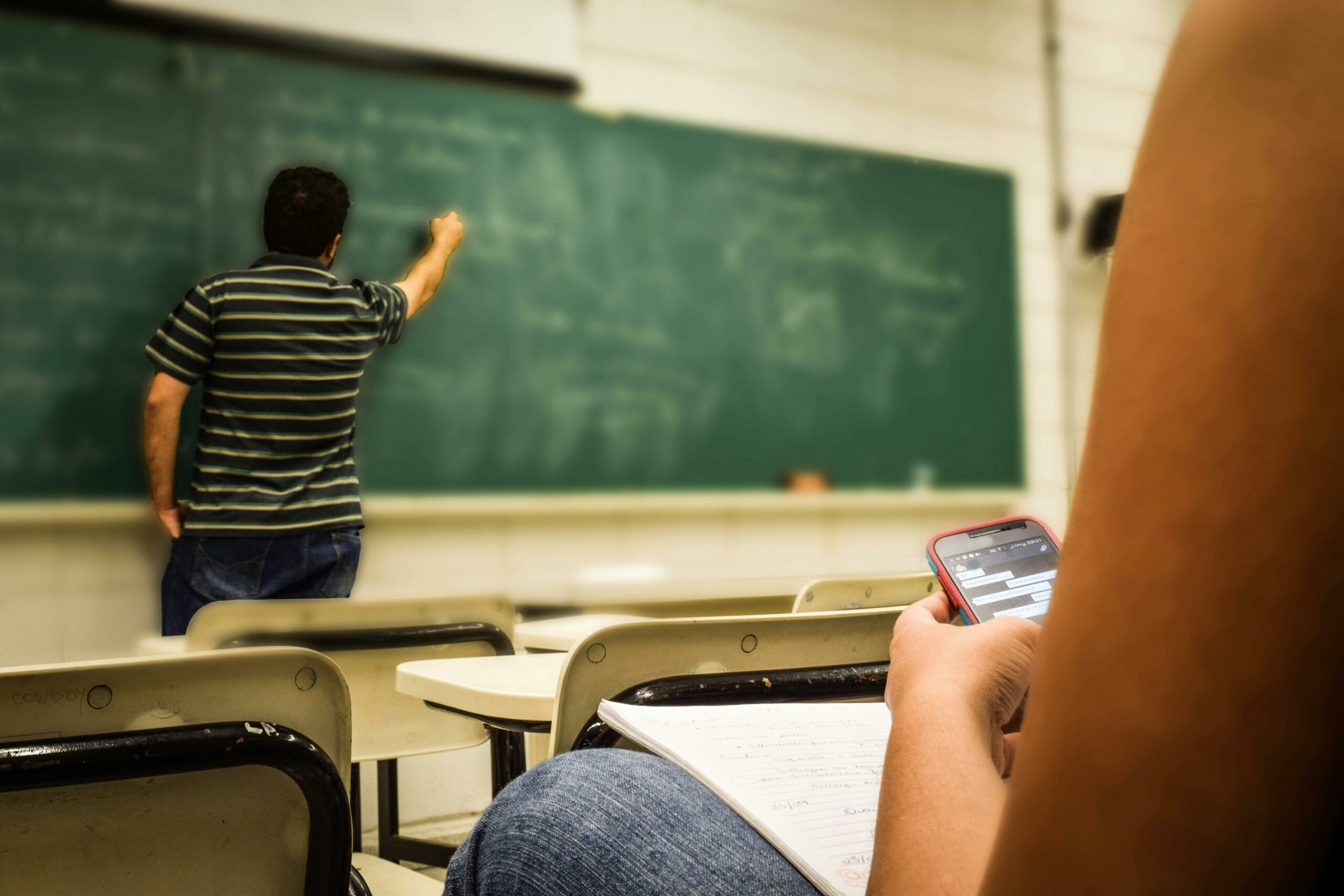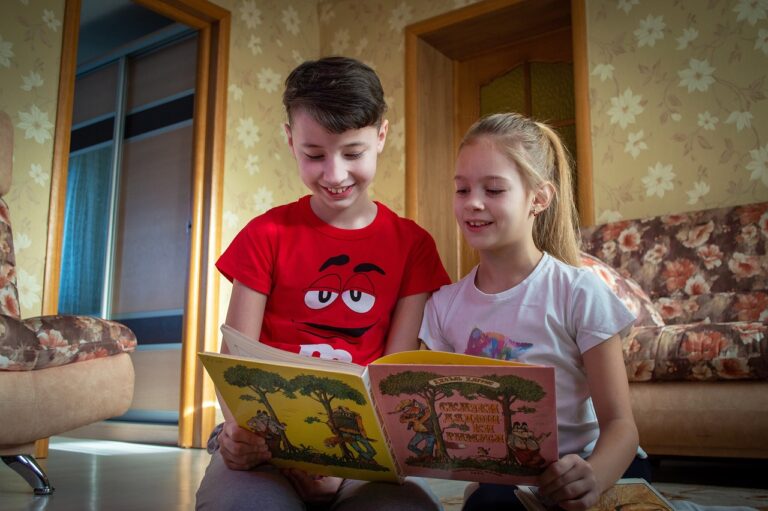Personalized Learning: Customizing Education to Meet Individual Student Needs
Learning styles refer to the unique ways individuals acquire and process information. While some learners prefer visual aids such as charts and graphs, others may grasp concepts better through auditory means like lectures or discussions. Additionally, kinesthetic learners benefit from hands-on activities to fully understand new material. Recognizing these distinctions can help educators adapt their teaching strategies to cater to the diverse needs of students.
By acknowledging and embracing the various learning styles present in a classroom, instructors can create a more inclusive and effective learning environment. Utilizing a combination of visual, auditory, and kinesthetic techniques ensures that all students have the opportunity to engage with the material in a way that resonates with them personally. Ultimately, understanding and accommodating different learning styles can lead to increased comprehension, retention, and overall academic success for learners of all ages.
Benefits of Personalized Learning
Personalized learning offers students the opportunity to engage with the curriculum in a way that suits their individual needs and learning styles. By tailoring the educational experience to each student’s preferences and strengths, personalized learning can enhance motivation and support deeper understanding of the material. This approach fosters a sense of ownership and autonomy over one’s own education, leading to increased confidence and overall academic achievement.
Furthermore, personalized learning allows educators to identify and address any gaps in a student’s understanding early on, providing timely interventions and support. This proactive approach helps prevent students from falling behind and enables them to progress at their own pace. By adapting teaching methods and content to fit the unique needs of each learner, personalized learning promotes a more inclusive and supportive educational environment where every student has the opportunity to thrive.
Tailoring Curriculum to Student Interests
When it comes to tailoring the curriculum to suit student interests, educators must recognize that learners have diverse preferences and tendencies. By incorporating topics that align with their interests, students are more likely to engage with the material and retain knowledge effectively. This personalized approach can foster a deeper level of understanding as it resonates with the individual needs and motivations of each student.
Moreover, tailoring the curriculum to student interests can also enhance their overall learning experience, leading to increased satisfaction and academic achievement. When students feel that the material is relevant to their lives and interests, they are more likely to exhibit a positive attitude towards learning and develop a sense of ownership over their education. This approach not only empowers students to take control of their learning journey but also encourages them to explore topics further, fueling a passion for continuous education and growth.
How can teachers understand different learning styles?
Teachers can understand different learning styles by observing how students engage with content, providing varied instructional strategies, and incorporating opportunities for visual, auditory, and kinesthetic learners to excel.
What are the benefits of personalized learning?
Personalized learning allows students to take ownership of their education, increases engagement and motivation, fosters a deeper understanding of content, and promotes critical thinking and problem-solving skills.
How can teachers tailor curriculum to student interests?
Teachers can tailor curriculum to student interests by getting to know their students, providing choice in assignments and projects, incorporating real-world examples and applications, and allowing students to pursue topics that align with their passions.







